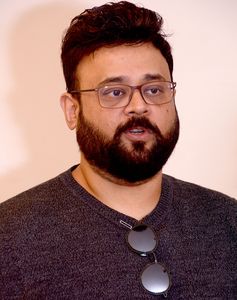INCIDENTS SUCH AS THE recent violence against doctors highlight the widening gap between them and the patients. With people venting their frustrations, at times driven by vengeance, doctors’ reputations are at stake. The intrinsic trust in the doctor-patient relationship is now in doubt. There is an urgent need for a collaborative effort to reestablish this faith.
Medical science has seen revolutionary changes over the years, with technology bringing about some life-changing innovations. It has also raised the awareness among people. A decade or so ago, the family physician was almost God. Today, people are questioning the diagnosis and treatment, based on information they gather from the internet. According to a survey, patients rated a doctor’s diagnosis as more trustworthy if it was in line with what they read on the internet.
With the internet offering everything from medicines to medical consultation, people have greater expectations from their doctors. Adding to this is the rising cost of treatment and other things, which affect the doctor-patient relationship. A doctor’s plight is understood by few. It is a sorry tale of overflowing wards, pathetic working conditions, gruelling shifts and uncooperative hospital staff. Add to this poor infrastructure and strained budgets, and the mental well-being of doctors is affected. This, in turn, affects their outlook towards patients and takes away the critical human touch in treatment.
While India has done well in improving its doctor-patient ratio (1:921, currently), the burden of diseases is growing. Most doctors complain of lack of sleep, and long hours that leave them with no time even for food. Government hospitals and clinics get an overwhelming number of patients. While doctors in government hospitals work for more than 120 hours a week, they get less than two minutes with a patient any given day. Sometimes they see more than two patients at a time. This allows them very little one-to-one time with a single patient. While hospitals can advertise, doctors cannot engage in self-promotion. Besides, the grip of insurance companies on the medical industry has further burdened doctors.
Perhaps, better communication holds the key. Technology can help bridge the gap between patients and doctors. Innovative apps that are coming up not only relieve doctors of paperwork and recording patient data, but also allow patients to get better medical assessment, more personalised consultation time and specialised advice.
Both doctors and patients need to understand their role in curing ailments. Violence arises from frustration and anger, which in turn stems from misconceptions or ignorance. Therefore, it is the responsibility of a patient to ask questions with the intention of gaining more insight and not to create discord. Doctors are only human. While a doctor may have the healing touch, the true magic of healing comes from the mutual human bond that a doctor and patient share.
Tushar Kumar is CEO and founder, Medlife.


